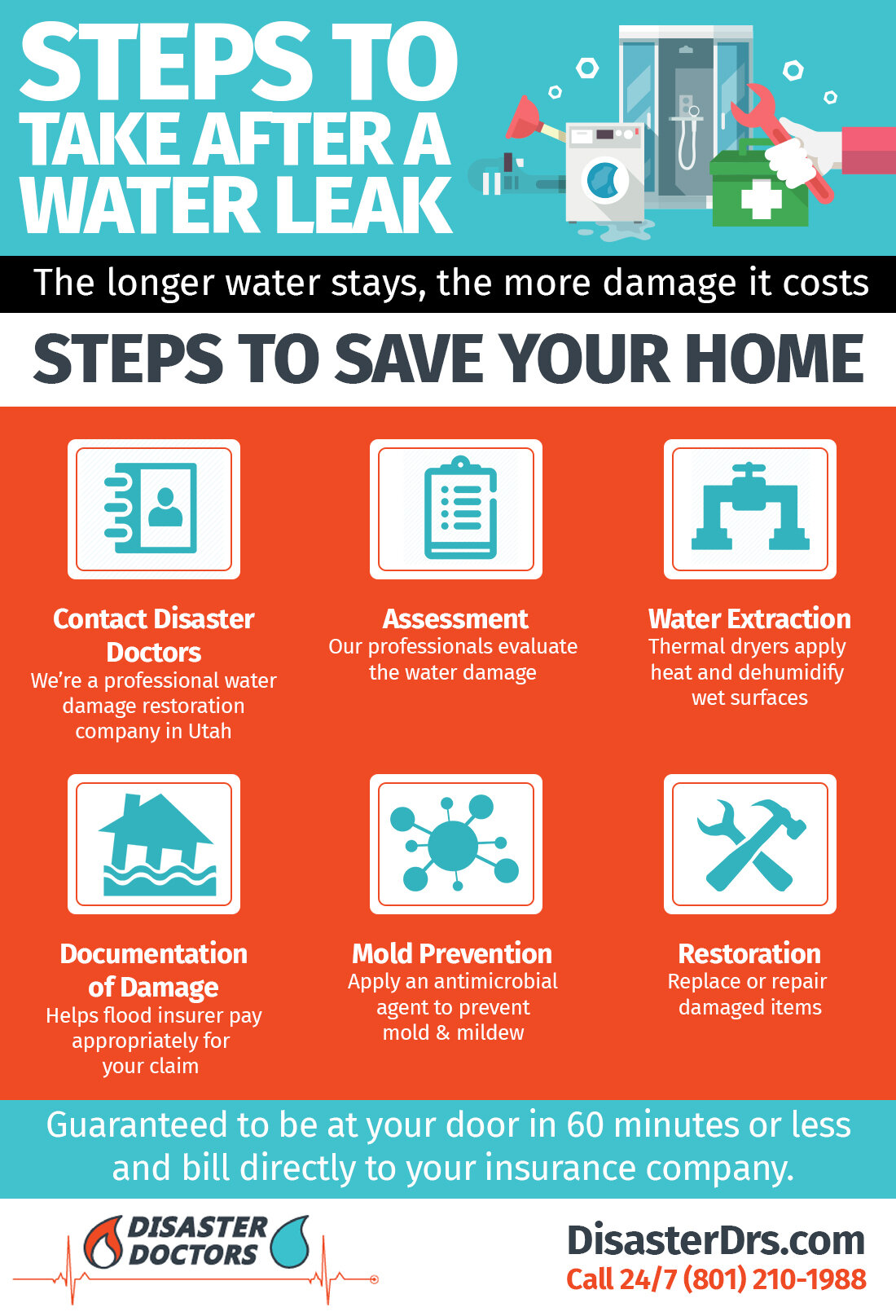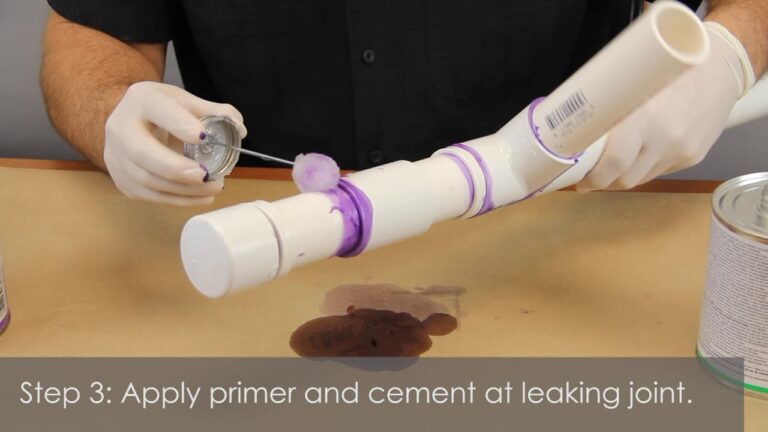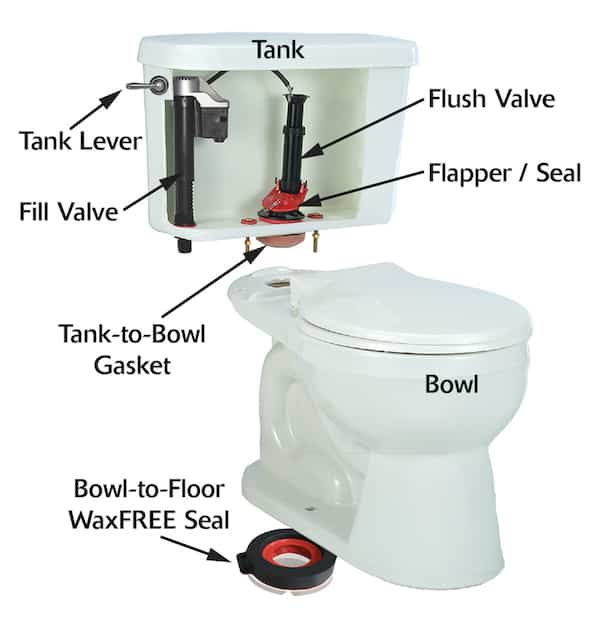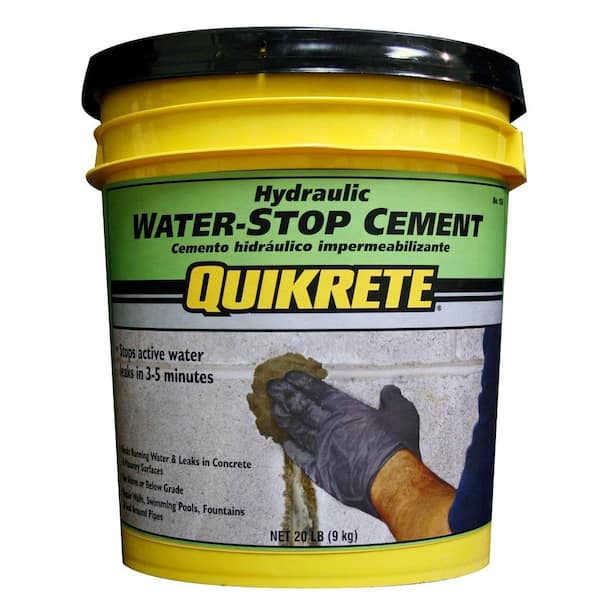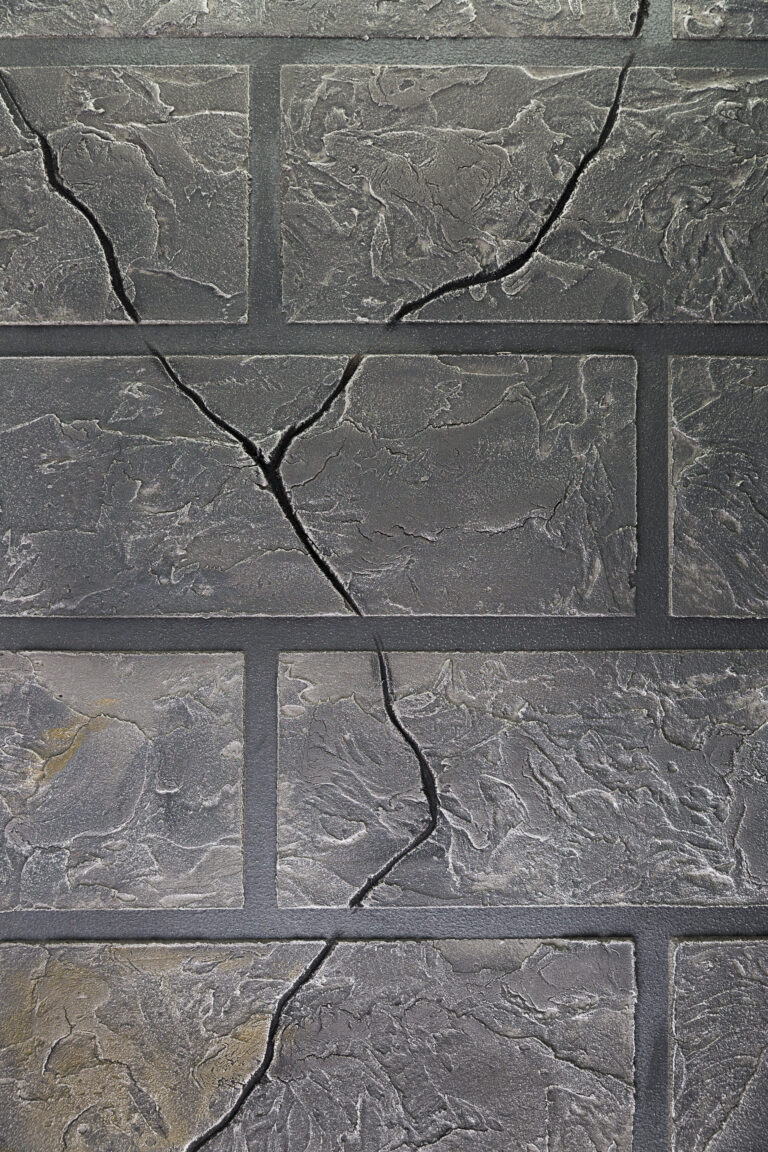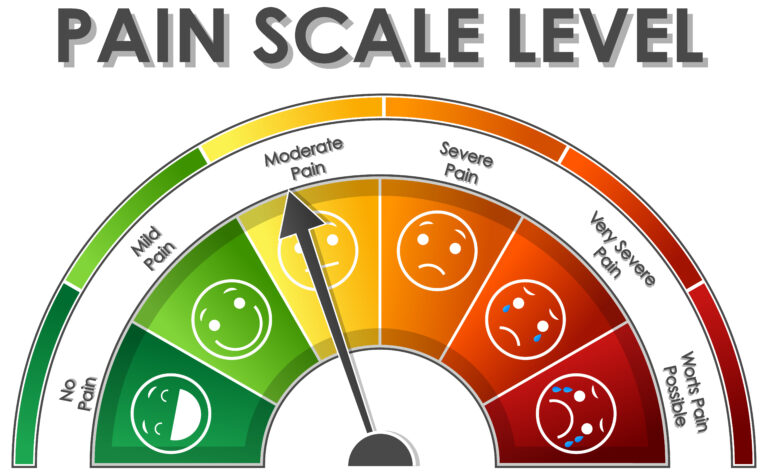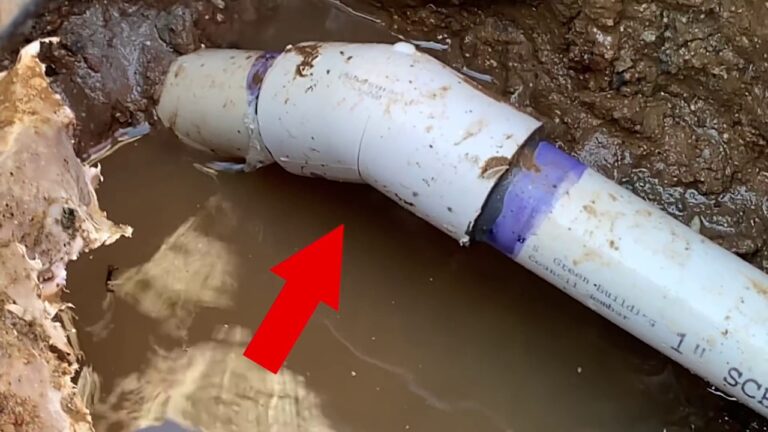What To Do When Leaks?
When a leak occurs, it can be a stressful and damaging situation. Leaks can cause significant damage to your belongings, as well as your home, making it important to address the problem as quickly as possible. Leaks can be caused by a variety of issues, such as faulty pipes, poor drainage, or even natural disasters. Knowing what to do when leaks occur can help you minimize damage and protect your property.
The first step to take once you have noticed a leak is to shut off the water supply. This will help to prevent further damage by limiting the flow of water. Once the water supply has been shut off, it is important to locate the source of the leak. This can be done by inspecting the pipes and surrounding areas. If the leak is coming from a pipe, it may be possible to fix it yourself. However, if the leak is caused by a natural disaster or other structural problem, it is recommended to call a professional.
Once the source of the leak has been identified, the next step is to clean up the mess. This means mopping up any standing water, vacuuming up any wet carpets, and drying out any wet furniture or materials. It is also important to check for any mold or mildew that may have grown due to the leak. If there is any mold or mildew present, it is important to address it quickly and properly to prevent further health issues.
To prevent future leaks, it is important to inspect your pipes and fixtures regularly. This will help to identify any potential problems before they become a major issue. Additionally, installing water sensors can alert you to any leaks, even when you are away from home. This can help to minimize damage and save you time and money in the long run.
Overall, addressing a leak quickly and properly is important to minimize damage and protect your property. Knowing what to do when leaks occur can help you take the necessary steps to prevent further damage and keep your home safe.
Identifying the Source of the Leak
Leaks can be a nuisance for homeowners, not only causing property damage but also the additional costs of having it fixed. Identifying the source of the leak is the first step in repairing it. A professional plumber will be able to diagnose the problem and provide a solution. However, there are several steps a homeowner can take to identify the source of the leak on their own.
The first step is to check the pipes and fixtures for signs of water damage. Look for signs of corrosion, warping, cracks, or other damage. Also, check for dripping water coming from the pipes or fixtures. Additionally, check around the walls and floors for wet spots. If the leak is coming from the roof, look for water stains on the ceiling or walls.
If these steps do not reveal the source of the leak, it may be necessary to search for the source of the water. This may involve tracing the water line to the source or testing the water pressure in different areas of the house. If the leak is coming from the outside of the house, check for pools of water around the foundation or any visible cracks in the foundation.
Once the source of the leak is determined, the homeowner can take the appropriate steps to repair the issue. In some cases, the homeowner may be able to do the repairs themselves, but in other cases, it may be necessary to call a professional plumber. Either way, taking the time to identify the leak’s source can help save time and money in the long run.
Maintaining Water Pressure
Water pressure is essential for any household, and it is important to keep it regulated and maintained to ensure that it is functioning properly and efficiently. Leaks can cause a drop in water pressure, so it is important to take the necessary steps to repair them quickly to prevent any more water loss. One of the first things to do is to identify the source of the leak; if the pipe is visible, the cause of the leak can be easily identified. Once the source of the leak is identified, the water supply should be shut off before attempting any repairs. Then, the cause of the leak should be determined and the appropriate repair should be made. It is important to note that if the leak is located in a hard-to-reach area, professional assistance may be needed. If the water pressure is still low after the leak is fixed, the pressure regulator likely needs to be adjusted and a professional plumber should be contacted.
By taking the necessary steps to identify, repair, and adjust the water pressure, households can keep their water pressure regulated and running smoothly.
Selecting the Right Materials for Repairs
One of the most important decisions to make when dealing with a leak in your home or office is what materials to use for the repair. Depending on the material you choose, the repair could be a success or a complete failure. It is important to select materials that are compatible with the area of the leak and with the environment in which the repair is being done.
When repairing a roof leak, for example, you should look for a material that is waterproof and can withstand the elements. For a plumbing leak, you should look for a product that is resistant to corrosion and can stand up to the pressure of the water. The material should also be able to stand up to the chemicals in the water if they are present.
In addition to selecting the right materials for your repair, you should also look for products that can be easily installed and are easy to maintain. It is important to choose materials that have been tested for durability and have a long shelf life. You should also look for materials that are easy to clean and safe to use around children and pets.
Choosing the right materials for your repair can help ensure that the repair is done correctly and lasts for many years. It is important to do your research and ask questions before making a purchase. Doing so will help ensure that you are selecting the best materials for your repair needs.
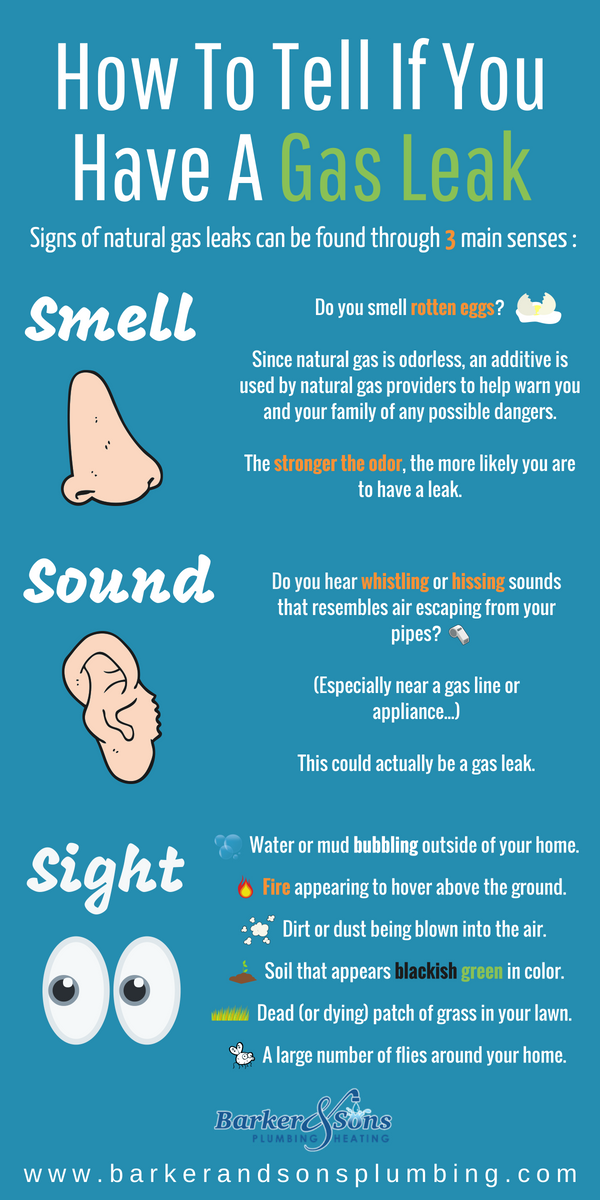
Taking Proper Safety Measures
Leaks can cause a lot of damage to your home and its contents. To prevent any future disasters, it is important to take the necessary safety measures. It is essential to identify the source of the leak and address it as soon as possible. If the leak is coming from a pipe, it should be checked for corrosion or loose fittings. If necessary, replace the pipe and do a quality check to make sure it is working properly. Additionally, it is a good idea to inspect other pipes in the area to ensure there are no more leaks.
Inspect your roof and walls for any signs of water damage or leaking. Make sure to repair any broken tiles or shingles, and check for cracked seals and joints. If the roof is damaged, you may need to replace it. Additionally, check your gutters and downspouts to ensure they are free of debris and clogged.
If the leak is coming from a plumbing fixture, it should be checked for proper installation and maintenance. If necessary, replace the fixture and check for any damage to the surrounding area. Additionally, check the area for any signs of mold and mildew. If any is present, use a fungicide to get rid of it.
Finally, it is important to take preventive measures to protect your home from future leaks. This includes installing a water shut-off valve, installing a sump pump, and waterproofing your basement. Additionally, you should inspect your home regularly for any signs of water damage or leaks. By taking the necessary safety measures, you can protect your home and its contents from water damage.
Understanding Different Types of Leaks
Leaks around the home can happen in a variety of ways. It’s important to understand the different types of leaks and the potential causes so that you can take the appropriate action. A plumbing leak can be caused by a faulty appliance, a broken pipe, or even a clogged drain. Water leaks from roofs can be caused by holes, cracks, or improperly sealed seams. Air leaks are often caused by poorly sealed windows and doors, or by gaps around the edges of walls and ceilings. These types of leaks can increase your energy bills and cause damage to your home, so it’s important to identify the source of the leak and take action to fix it.
The first step in dealing with a leak is to identify and locate the source of the leak. If it’s a plumbing leak, you will need to assess the pipes and appliances to determine the cause of the leak. If it’s a roof leak, you may need to inspect the roof to look for signs of damage. If it’s an air leak, you will need to look for gaps or cracks around windows and doors. Once you’ve identified the source of the leak, you can take the appropriate steps to fix it.
Leaks can be a big problem, and they can cause a lot of damage if they’re not addressed quickly. By understanding the different types of leaks and their potential causes, you can take the necessary steps to prevent costly repairs and damage to your home.
Dealing with a Burst Pipe
Dealing with a burst pipe can be stressful and daunting especially when it happens unexpectedly. While it may be intimidating, there are a few steps you can take to prevent it from becoming a bigger problem. First, turn off the water source to the area where the leak is located. This will minimize the damage and buy you some time to get the problem fixed. If the leak is large, it may be necessary to turn off the main water supply to the entire house.
Next, assess the situation to determine the cause of the leak. If the pipe has cracked or burst, you will need to replace it entirely. If the leak is a slow one, it may be possible to repair the damaged area with a new fitting or sealant. In either case, it is best to call a professional to ensure the job is done correctly.
Finally, once the issue has been fixed, inspect the area to make sure the leak has been properly sealed. Additionally, be sure to clean up any water or debris that may have been caused by the leak. Taking the proper precautions now can prevent costly repairs and wasted water in the future. If you find yourself dealing with a burst pipe, following these steps can help make it a manageable and stress-free experience.
FAQs About the What To Do When Leaks?
Q1: How can I identify a leak?
A1: You can identify a leak by looking for water stains on walls, ceilings, and floors, or by checking for wet or damp spots in the area. You can also look for signs of mold or mildew growth, which can indicate a water leak.
Q2: What should I do if I find a leak?
A2: If you find a water leak, you should immediately shut off the water supply to the area and contact a licensed plumber to repair the leak.
Q3: What should I do to prevent leaks?
A3: To prevent water leaks, you should inspect your pipes and plumbing fixtures regularly, check for any signs of wear and tear, and make sure to repair any leaks or damage quickly. You should also ensure that all of your pipes and fixtures are correctly installed and maintained.
Conclusion
Leaks can be a sign of a major home repair problem. It is important to address leaks quickly and correctly to prevent further damage and costly repairs. First, determine the source of the leak and then decide if it is a simple fix or if it requires a professional. If it is a simple fix, like replacing a worn washer, then it can be done yourself. If it is more complex, such as a roof leak, then it is best to call a professional. If you address the issue quickly and properly, you can prevent further damage and save money in the long run.

